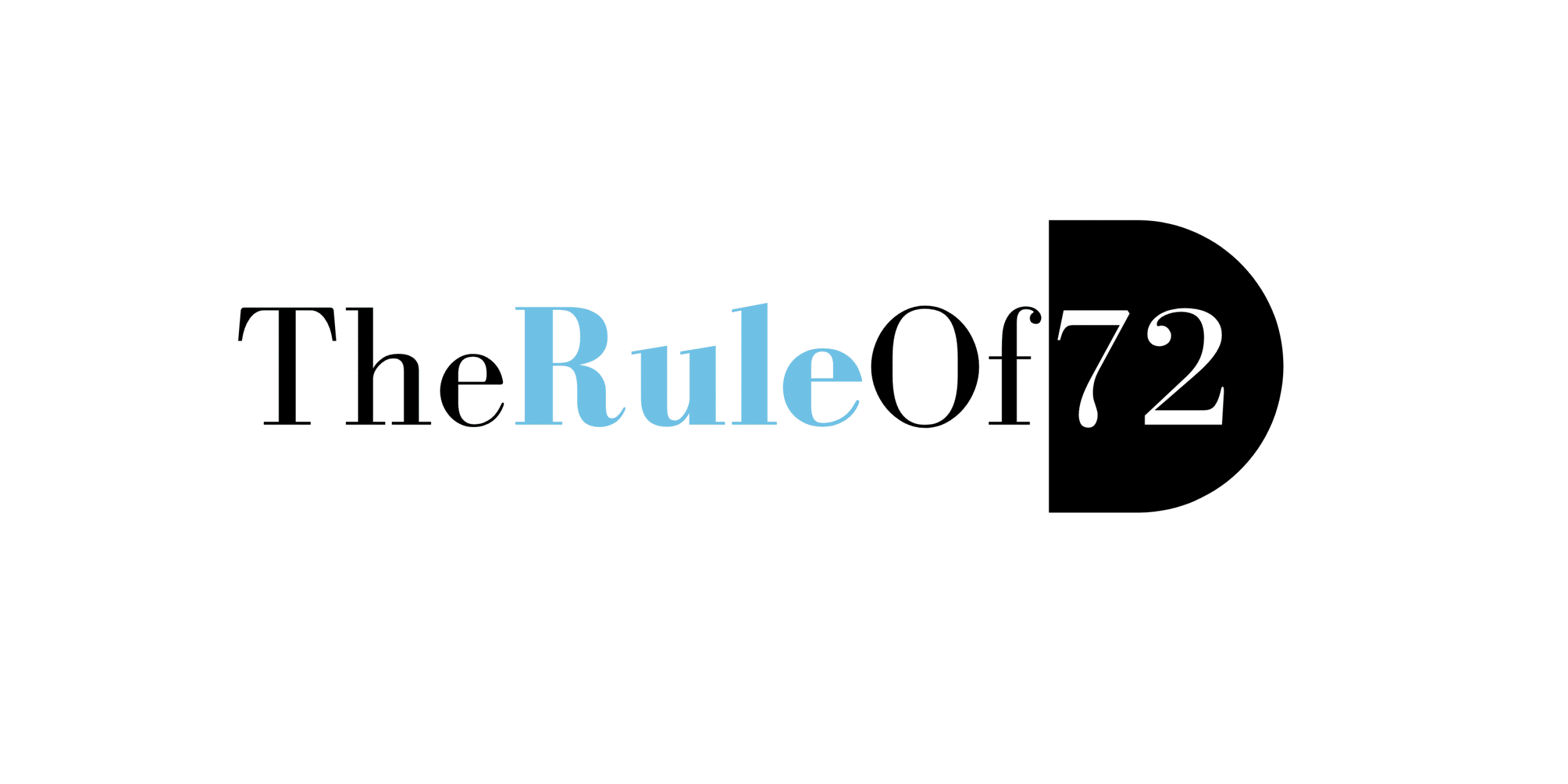Factors That Affect Disability Insurance Premiums

Disability insurance is an essential safeguard for protecting your income and financial stability in the event that you become unable to work due to injury or illness. However, the cost of disability insurance can vary widely based on a variety of factors. Understanding these factors can help you make informed decisions when purchasing a policy and ensure you get the best coverage for your needs. In this blog post, we’ll explore the key factors that affect disability insurance premiums.
1. Age
Age is one of the most significant factors influencing disability insurance premiums. Generally, younger individuals pay lower premiums because they are perceived to be at a lower risk of becoming disabled. As you age, the likelihood of experiencing health issues increases, which raises the cost of premiums. Therefore, purchasing disability insurance at a younger age can be a cost-effective strategy.
2. Health Status
Your current health status and medical history play a crucial role in determining your disability insurance premiums. Insurers will typically require you to undergo a medical exam or provide detailed health information. Pre-existing conditions, chronic illnesses, and lifestyle choices such as smoking can lead to higher premiums. Maintaining a healthy lifestyle and addressing any medical issues promptly can help keep your premiums more affordable.
3. Occupation
The nature of your occupation significantly impacts your disability insurance premiums. Jobs that are considered high-risk, such as those involving manual labor or exposure to hazardous conditions, generally result in higher premiums. Conversely, individuals in low-risk professions, such as office workers, may benefit from lower premiums. Insurers assess the likelihood of injury or illness based on the demands and environment of your job.
4. Income Level
The amount of coverage you need is directly related to your income level. Higher-income individuals typically require larger benefit amounts to replace their earnings, which leads to higher premiums. Insurers calculate premiums based on the percentage of your income you wish to replace, with most policies covering between 60% to 80% of your pre-disability earnings.
5. Benefit Period
The benefit period refers to the length of time you will receive disability benefits if you become disabled. Policies with longer benefit periods, such as those that pay until retirement age, usually come with higher premiums. Conversely, policies with shorter benefit periods, such as two or five years, tend to have lower premiums. Choosing a benefit period that aligns with your financial needs and retirement plans can help manage costs.
6. Elimination Period
The elimination period, also known as the waiting period, is the amount of time you must wait after becoming disabled before you start receiving benefits. Common elimination periods range from 30 to 180 days. Policies with shorter elimination periods have higher premiums because benefits begin sooner. Opting for a longer elimination period can reduce your premiums, but it requires having sufficient savings to cover expenses during the waiting period.
7. Policy Type
Disability insurance policies can be either short-term or long-term. Short-term disability insurance typically covers disabilities lasting a few months to a year and has lower premiums. Long-term disability insurance, which covers disabilities lasting several years or until retirement, generally has higher premiums due to the extended coverage period. The type of policy you choose should align with your overall financial protection strategy.
8. Coverage Features and Riders
Additional coverage features and riders can enhance your disability insurance policy but also increase your premiums. Common riders include:
– Cost-of-Living Adjustment (COLA): Increases your benefits over time to keep pace with inflation.
– Residual or Partial Disability Rider: Provides benefits if you can work part-time but not full-time due to a disability.
– Future Purchase Option: Allows you to increase your coverage amount in the future without undergoing a new medical exam.
– Non-Cancelable Policy: Guarantees that your policy cannot be canceled as long as you pay your premiums.
While these riders offer valuable benefits, they also add to the overall cost of your policy.
9. Policy Exclusions and Limitations
Insurance companies may include exclusions and limitations in your policy, which can affect your premiums. Exclusions are specific conditions or circumstances that are not covered by your policy, such as certain pre-existing conditions or high-risk activities. Limitations may cap the benefits for specific types of disabilities or impose time limits on certain conditions. Policies with fewer exclusions and limitations typically have higher premiums due to the broader coverage provided.
10. Insurer’s Underwriting Guidelines
Different insurance companies have varying underwriting guidelines and risk assessments, which can result in different premium rates for similar policies. Factors such as the insurer’s financial stability, claims history, and market competition can influence their pricing. It’s important to compare quotes from multiple insurers to find the best rate and coverage for your needs.
11. State of Residence
The state in which you reside can also impact your disability insurance premiums. State regulations, the cost of living, and local market conditions can influence the cost of insurance. Some states may have higher premiums due to stricter regulations or higher healthcare costs. Understanding the local insurance market can help you make informed decisions when purchasing disability insurance.
12. Gender
Gender can influence disability insurance premiums, as statistical data shows different disability rates between men and women. Historically, women have been more likely to file disability claims, leading to higher premiums for female policyholders. However, some insurers are moving toward gender-neutral pricing to address this disparity.
13. Marital Status and Dependents
Marital status and the number of dependents can affect your disability insurance premiums. Insurers may offer lower rates to married individuals, assuming they have a support system that reduces the likelihood of a prolonged disability claim. Additionally, having dependents can influence the amount of coverage you need, potentially impacting your premiums.
14. Claims History
Your claims history with disability insurance or other types of insurance can affect your premiums. A history of frequent claims or significant past claims may lead insurers to view you as a higher risk, resulting in higher premiums. Maintaining a low claims history can help keep your premiums more affordable.
15. Group vs. Individual Policies
Group disability insurance policies, often offered through employers, generally have lower premiums compared to individual policies. This is because the risk is spread across a larger pool of insured individuals. However, group policies may have limitations in coverage options and portability. Individual policies, while potentially more expensive, offer greater customization and can be retained if you change jobs.
Conclusion
Understanding the various factors that affect disability insurance premiums can help you make informed decisions when selecting a policy. By considering your age, health status, occupation, income level, and other relevant factors, you can tailor a policy that meets your needs while staying within your budget. Comparing quotes from multiple insurers, evaluating policy features and riders, and consulting with an insurance professional can further ensure that you secure the best possible coverage. Disability insurance is a crucial component of financial planning, and making the right choices can provide peace of mind and financial stability in the face of unexpected challenges.





